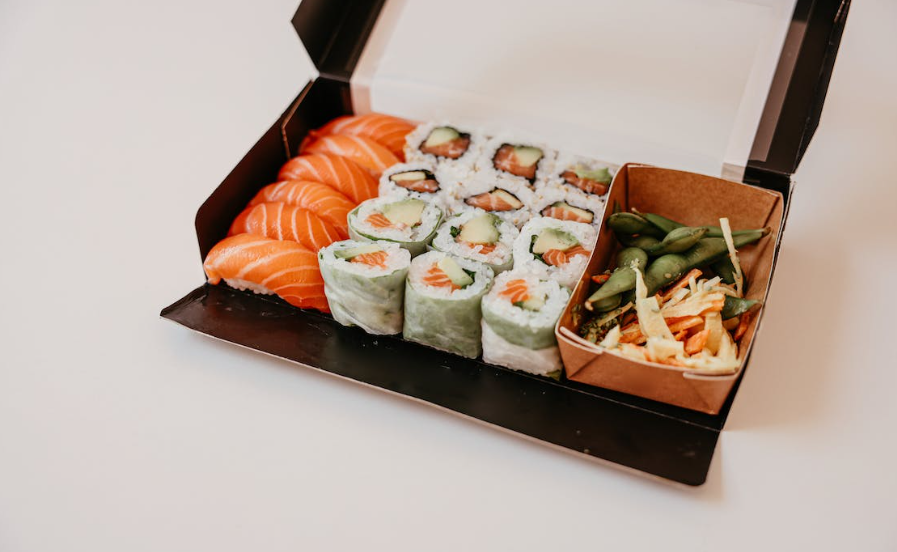Australia’s food packaging landscape is undergoing a remarkable transformation. Driven by a push towards sustainability, the sector is embracing innovative solutions that are as beneficial for the planet as they are for consumers. These changes go far beyond mere compliance with environmental standards; they represent a radical reinvention of how food packaging functions and impacts our world. Let’s explore six groundbreaking innovations that are currently shaping the future of food packaging in Australia.
- Edible Packaging: A Tasty Solution
One of the most exciting developments in food packaging is the concept of edible packaging. This innovation involves creating packaging from natural, edible materials that can either be eaten with the product or composted. For instance, seaweed-based films are being used as an alternative to plastic wraps. Not only do they reduce waste, but they also offer a novel experience to consumers.
- Plant-Based Packaging: Beyond Plastics
Moving away from traditional plastics, plant-based packaging options are emerging. These are made from various plant materials like cornstarch, mushroom, and bamboo. These materials are biodegradable and offer a lower carbon footprint compared to their plastic counterparts. Such packaging is becoming increasingly popular in Australia’s food sector, offering a greener alternative without compromising on durability or functionality.
- Smart Packaging: Technology Meets Sustainability
Smart packaging incorporates technology to improve food safety, extend shelf life, and reduce waste. Features like temperature-sensitive labels or QR codes for tracking the product’s journey are being integrated. This technology not only provides valuable information to consumers but also helps in maintaining the quality and safety of food products. Within this realm, innovative food packaging solutions in Australia are making a significant impact.
- Recycled Materials: Closing the Loop
The use of recycled materials in food packaging is gaining traction. This approach involves using post-consumer or post-industrial recycled content to create new packaging. It’s a significant step towards a circular economy, where materials are kept in use for as long as possible. This method not only reduces waste but also conserves resources.
- Biodegradable Films: The Future of Flexible Packaging
Another innovative approach is the development of biodegradable films. These films decompose naturally, reducing the amount of waste that ends up in landfills. They are made from various biopolymers and are designed to break down under specific conditions, making them an excellent alternative to traditional plastic films.
- Lightweight Packaging: Less is More
Lightweight packaging involves reducing the material used in packaging without compromising its integrity. This method results in less resource use and lower transportation costs, making it an environmentally and economically beneficial option. It’s a simple yet effective way to contribute to sustainability.
Embracing a Greener Future
In conclusion, these six sustainable packaging innovations are not just transforming Australia’s food industry but are also setting new standards for environmental responsibility. From edible and plant-based options to smart and recycled materials, each innovation offers a unique way to tackle the challenges of sustainability. As the industry continues to evolve, it is essential to support and adopt these innovations for a greener, more sustainable future.
When looking for additional insights on this topic, a good resource is sustainable packaging practices worldwide. This reference offers a broader perspective on global trends and practices in sustainable packaging, providing a comprehensive understanding of how different regions are addressing this crucial issue.
Sustainability in food packaging is not just a trend; it’s a necessity. As consumers become more environmentally conscious, the demand for sustainable packaging options will continue to rise. Australia, with its innovative approaches, is poised to be at the forefront of this change, leading the way towards a more sustainable and environmentally-friendly future in food packaging.

